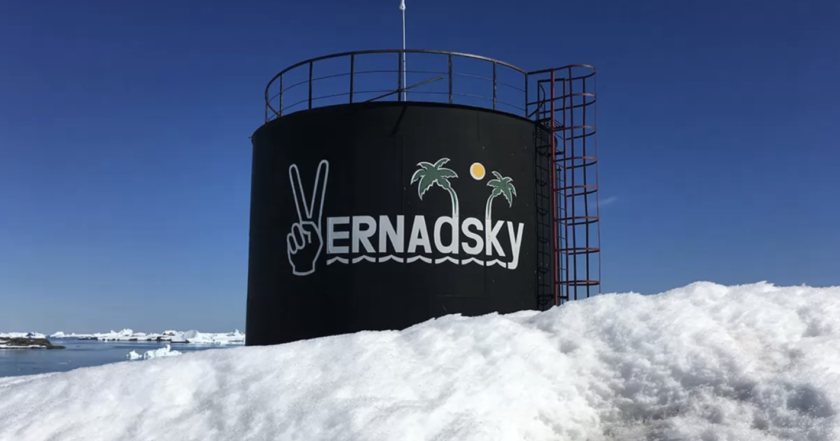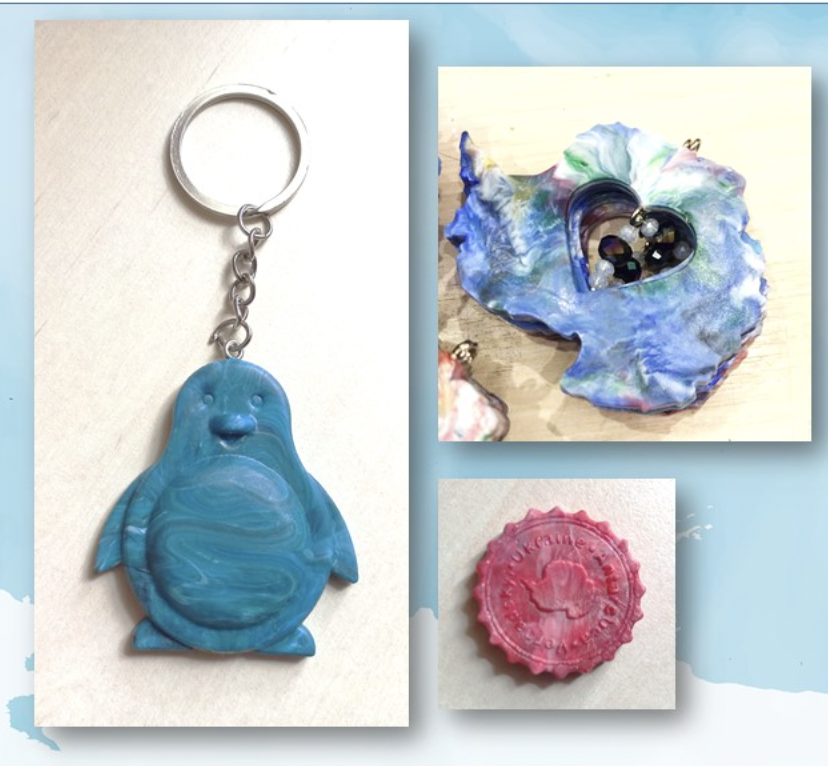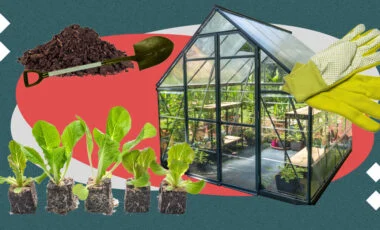Plastic recycling equipment installed at Akademik Vernadsky station: waste will be turned into souvenirs

Plastic recycling equipment has been installed at the Ukrainian Antarctic station, Vernadsky Research Base. So they want not only to reduce waste but also to create souvenirs from recycled plastic for tourists.
The director of the National Antarctic Research Center Yevhen Dykyi announced this in the press center of UNIAN.
"Our station is visited by tourists from different countries, so who better than us can take on an educational role, explaining to people the 'plastic threat' and demonstrating by living example how each of us can reduce it," said Dykyi.
The Ukrainian station has launched a closed cycle of recycling plastic labeled 02 or HDPE: mostly bottle caps and bottles of household chemicals. The system includes a plastic shredder, an extruder, and several tools for making souvenirs.
Besides cleaning the environment and souvenirs, the organizers want such an initiative to increase the reputation of the Ukrainian station and reduce waste management costs.
Why is it so important?
- Antarctica is a huge nature reserve. There are strict rules for waste management on the continent: people should not leave any garbage behind. At the station, household waste is collected separately in several fractions, some of which is pressed and then all transported by ship to Chile, where it's disposed of at considerable cost;
- Negative influence on wildlife should be avoided not only by polar explorers but also by tourists. Vernadsky Base is one of the most visited places in Antarctica. Prior to the COVID-19 pandemic, about 4,000 tourists visited the station during the short Antarctic summer.
So this project will:
- reduce waste management costs
- have a significant educational effect when tourists return to Antarctica and bring souvenirs made at the Ukrainian station around the world
- reduce the human footprint in the fragile Antarctic ecosystem
- be a good example for others
Plastic is a cheap and very common material. The International Union for Conservation of Nature estimates that more than 300 million tons of plastic are produced worldwide each year. At least 8 million of them end up in the water as waste.
Plastic microparticles often enter the bodies of marine animals. And because they can not digest plastic, it injures them from within or becomes an environment for the development of parasites and bacteria. As a result, more animals die.
In addition, plastic microparticles get into the water and food we eat and drink, through seafood or purified seawater. Toxic components of plastics are deposited in our bodies, and some have proven carcinogenic properties.























































